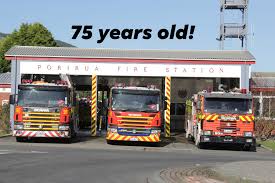Fire Safety Devices – Smoke Alarms: Types
There are two main types of smoke alarm available – ionisation and photoelectric.
Photoelectric alarms have a sensing chamber which uses a beam of light and a light sensor. Smoke particles entering the chamber change the amount of light that reaches the sensor. The alarm sounds when the smoke density reaches a preset level. Ionisation alarms monitor the ions, or electrically charged particles. Smoke particles enter the sensing chamber changing the electrical balance of the air. The alarm will sound when the change in the electrical balance reaches a certain level.
However, the Fire Service recommends householders only install photoelectric smoke alarms as they provide more effective all-round detection and alarm in all types of fire scenarios and are more likely to alert occupants in time to escape safely.
If households currently only have ionisation alarms installed, the Fire Service recommends that these are supplemented with some of the photoelectric variety.
Smoke alarms are available for people with hearing loss. These alarms have extra features such as extra loud alarm sounds, flashing strobe lights, or vibrating devices. Check with your local hardware supplier or fire safety equipment retailer.
For further information regarding smoke alarms, please refer to the Australasian Fire and Emergency Service Authorities Council (AFAC) position on smoke alarms for residential accommodation.
AFAC is the representative body for fire, emergency services and land management agencies in the Australasian region.
information courtesy of Fire and Emergency New Zealand



 CHECK ITS ALRIGHT
CHECK ITS ALRIGHT